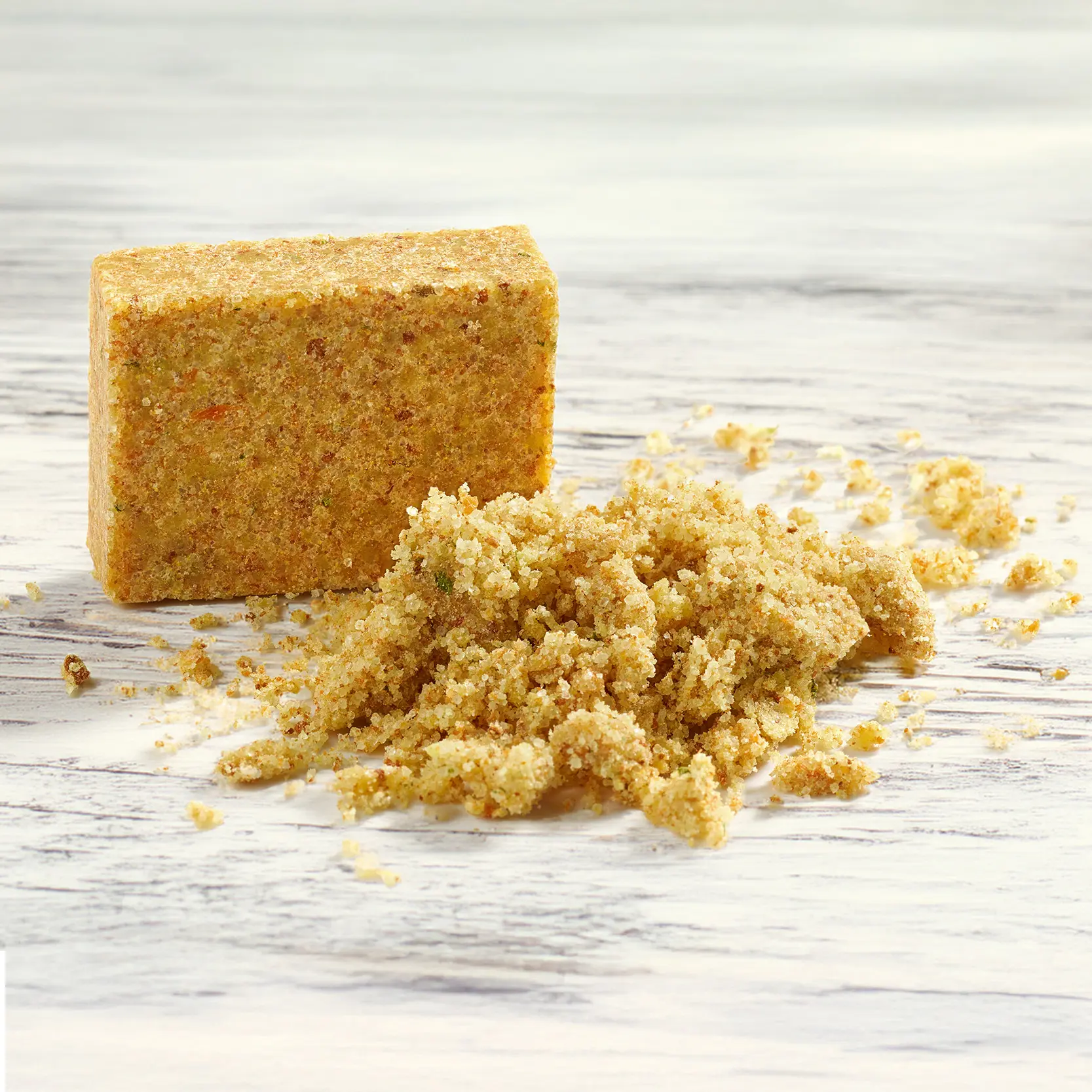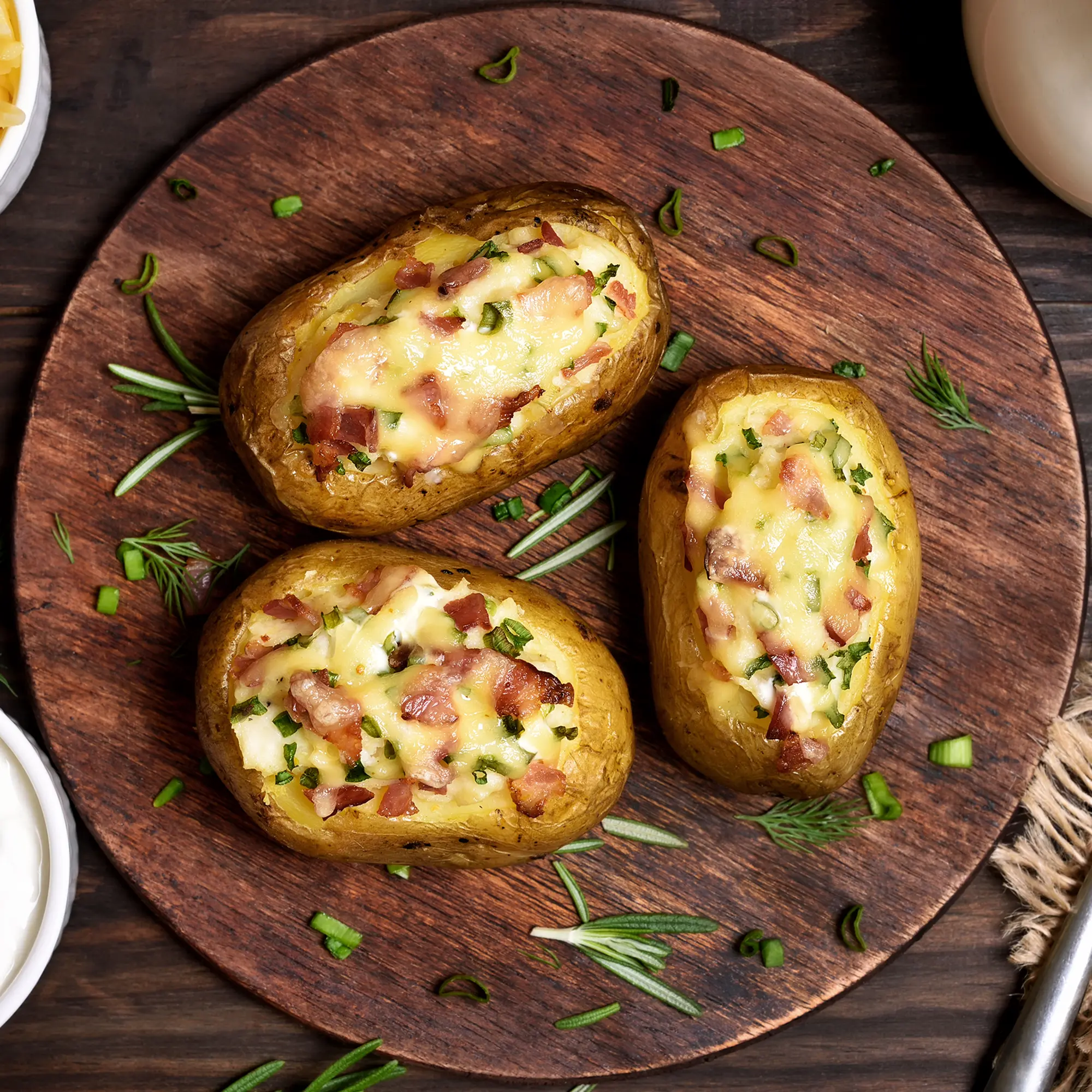
Kabocha, also known as Japanese pumpkin, is not only a deliciously sweet and creamy squash, but it’s also packed with nutrients. This rich and comforting soup is a great way to enjoy the many health benefits of Kabocha.
Read more
It’s a fantastic source of vitamins A and C, which support your immune system and promote healthy skin. Additionally, Kabocha is high in fiber, which aids digestion and helps maintain healthy blood sugar levels. The soup is easy to make, with minimal ingredients, yet it delivers a satisfying and nourishing meal. With the addition of garlic and raw heavy cream, this soup provides a perfect balance of flavor and creamy texture.
Ingredients
- 1 tbsp Beef tallow or 100% Grass-fed Butter
- 1/2 Kabocha Squash, peeled, seeded, and cubed
- 1 Garlic, minced
- 1/2 cup Water or Bone Broth
- Raw Heavy Cream
- Salt & Pepper to taste
Instructions
- Sauté the Kabocha – Heat beef tallow (or butter) in a large pot over medium heat. Add the cubed Kabocha squash and sauté for about 5-7 minutes until it starts to soften and brown slightly.
- Add garlic – Stir in the minced garlic and cook for an additional 1-2 minutes, until fragrant. Add a pinch of salt here.
- Add water or broth – Pour in the water (or bone broth) and bring to a boil. Reduce the heat and simmer for 15-20 minutes or until the Kabocha is fully softened and tender.
- Blend the soup – Use an immersion blender to purée the soup directly in the pot, or carefully transfer the soup to a blender in batches. Blend until smooth and creamy.
- Finish with cream – Once the soup is blended, stir in the raw heavy cream. Taste and season with more salt and pepper as desired.
- Serve & enjoy – Ladle the soup into bowls and serve warm. Optional: garnish with a drizzle of extra cream or a sprinkle of fresh herbs for added flavor.
Tips & Notes:
- Thickness – If you want a less thick texture, add more water. If you want thicker and richer soup, add less water.
- Serve cold – This soup can be served cold as well!
Storage:
Store leftover Kabocha soup in an airtight container in the refrigerator for up to 3-4 days.
Freezing: This soup can also be frozen. Let it cool completely before transferring it to a freezer-safe container. Freeze for up to 3 months.
Reheat: Thaw overnight in the fridge and gently warm it on the stove, adding a little water or broth to reach your desired consistency.




